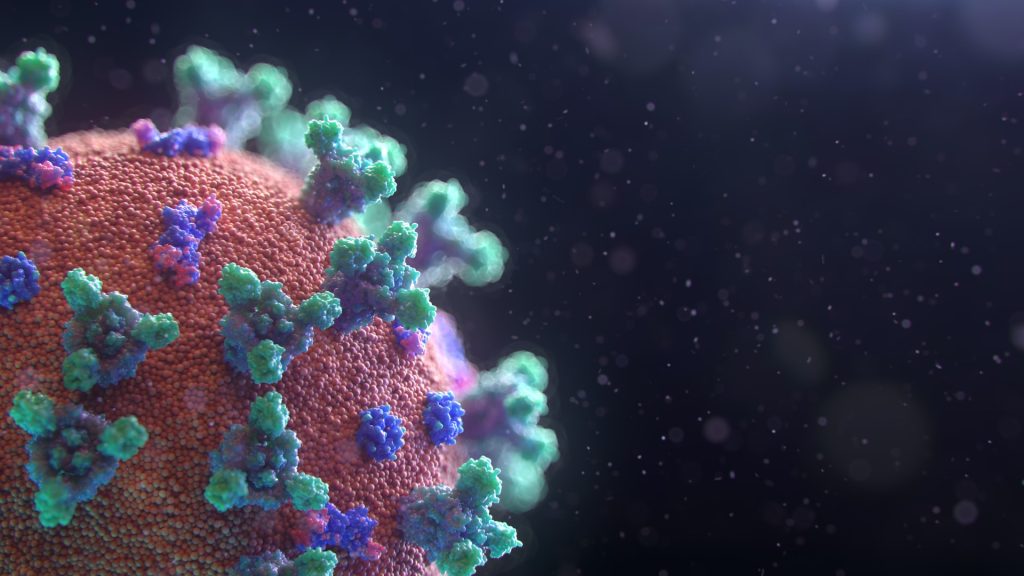Restoring Muscle Strength Lost to Aging or Injury

A small molecule previously shown to enhance strength in injured or old laboratory mice does so by restoring lost connections between nerves and muscle fibres, Stanford Medicine researchers have found.
The molecule blocks the activity of an aging-associated enzyme, or gerozyme, called 15-PGDH that naturally increases in muscles as they age. The study, which was published in Science Translational Medicine, showed that levels of the gerozyme increase in muscles after nerve damage and that it is prevalent in muscle fibres of people with neuromuscular diseases.
The research is the first to show that damaged motor neurons can be induced to regenerate in response to a drug treatment and that lost strength and muscle mass can be at least partially regained. It suggests that, if similar results are seen in humans, the drug may one day be used to prevent muscle loss of muscle strength due to aging or disease or to hasten recovery from injury.
It’s estimated that sarcopenia, or debilitating muscle frailty, affects about 30% of people over 80 and costs the United States around $380 billion each year.
“There is an urgent, unmet need for drug treatments that can increase muscle strength due to aging, injury or disease,” said Helen Blau, PhD, professor of microbiology and immunology. “This is the first time a drug treatment has been shown to affect both muscle fibres and the motor neurons that stimulate them to contract in order to speed healing and restore strength and muscle mass. It’s unique.”
Blau, the Donald E. and Delia B. Baxter Foundation Professor and director of the Baxter Laboratory for Stem Cell Biology, is the senior author of the study. Postdoctoral scholar Mohsen Bakooshli, PhD, and former postdoctoral scholar Yu Xin Wang, PhD, are the lead authors of the study. Wang is now an assistant professor at the Sanford Burnham Prebys Medical Discovery Institute in San Diego.
Addressing loss of strength
The finding is the latest from the Blau laboratory focused on understanding how muscles weaken from aging or disease, and whether it’s possible to combat this decline. In 2021, the group showed that blocking the activity of 15-PGDH in 24-month-old laboratory mice significantly enhances the animals’ leg strength and endurance when running on a treadmill. (Laboratory mice typically live about 26 to 30 months.) But it wasn’t clear exactly how.
The new research shows that the effect is due to the restoration of lost connections between the nerves and the muscle. These connections, called neuromuscular junctions, are how the brain signals muscles to contract. In aging, some of these connections are lost, causing muscle contractions to become less powerful and muscles to atrophy. People typically lose muscle mass and strength, up to 10% per decade, after the age of 50.
Conditions other than aging can also destabilise these connections, including the disuse of muscles due to bedrest after illness or injury, or muscle-wasting diseases like spinal muscular atrophy or amyotrophic lateral sclerosis (also known as ALS).
Blau’s previous research showed that a molecule called PGE2 is critical to the function of stem cells in muscle fibres that repair damage – including the microtears from exercise that lead to an increase in muscle mass and strength. They subsequently showed that levels of 15-PGDH, which breaks down PGE2, increase in the muscles with age and that the loss of strength with aging could be overcome by inhibiting the activity of this PGE2-degrading enzyme.
“PGE2 is part of the body’s natural healing mechanism, and its levels increase in muscle after injury,” Blau said. “We wanted to learn how age triggers an increase in 15-PGDH, and therefore the degradation and loss of PGE2.”
A lack of nerves
The researchers knew that muscles become less innervated, or infiltrated with nerves, as people and animals age. They wondered if that loss could be what triggers the rising levels of 15-PGDH.
“We found that when you cut the nerve that innervates the leg muscles of mice, the amount of 15-PGDH in the muscle increases rapidly and dramatically,” Blau said. “This was an exciting new insight. But what surprised us most was that when these mice are treated with a drug that inhibits 15-PGDH activity, the nerve grows back and makes contact with the muscle more quickly than in control animals, and that this leads to a faster recovery of strength and function.”
Additional experiments showed that treatment with the drug restored neuromuscular junctions lost during aging and increased muscle strength and function in old laboratory mice. The researchers also identified discrete clumps of 15-PGDH in the muscle fibres of people with several types of neuromuscular disorders suggesting that the gerozyme may have a role in causing these human disorders.
Blau and her colleagues plan to investigate at a molecular level how neural growth is stimulated by blocking 15-PGDH activity. Blau has also co-founded a company, Epirium Bio, to develop similar drugs for use in humans. Although her lab is still conducting animal studies, the company hopes to launch a clinical trial within the next year or so.
“Our next steps will be to examine whether blocking 15-PGDH function in people with spinal muscular atrophy can increase lost muscle strength in combination with gene therapy or other treatments,” Blau said. “We are also looking at ALS to see if something like this might help these patients. It’s really exciting that we are able to affect both muscle function and motor neuron growth.”
Source: Stanford Medicine





